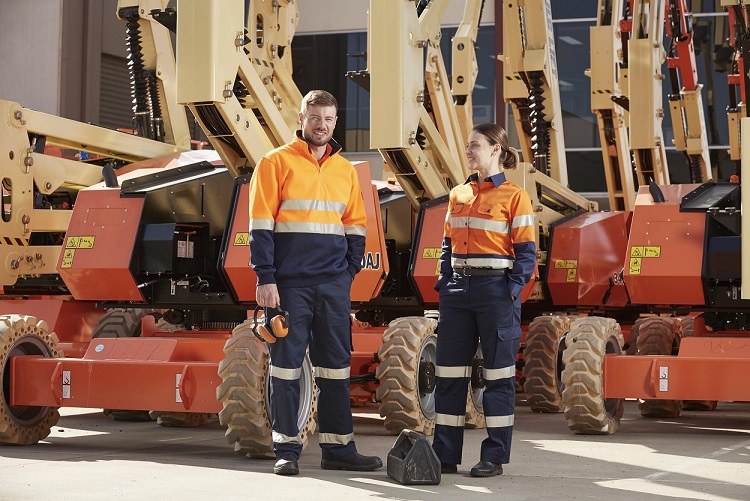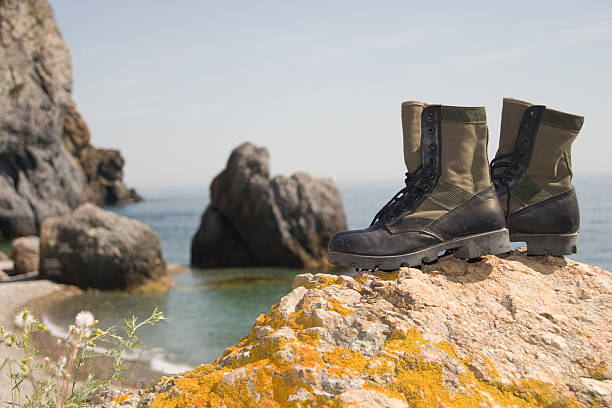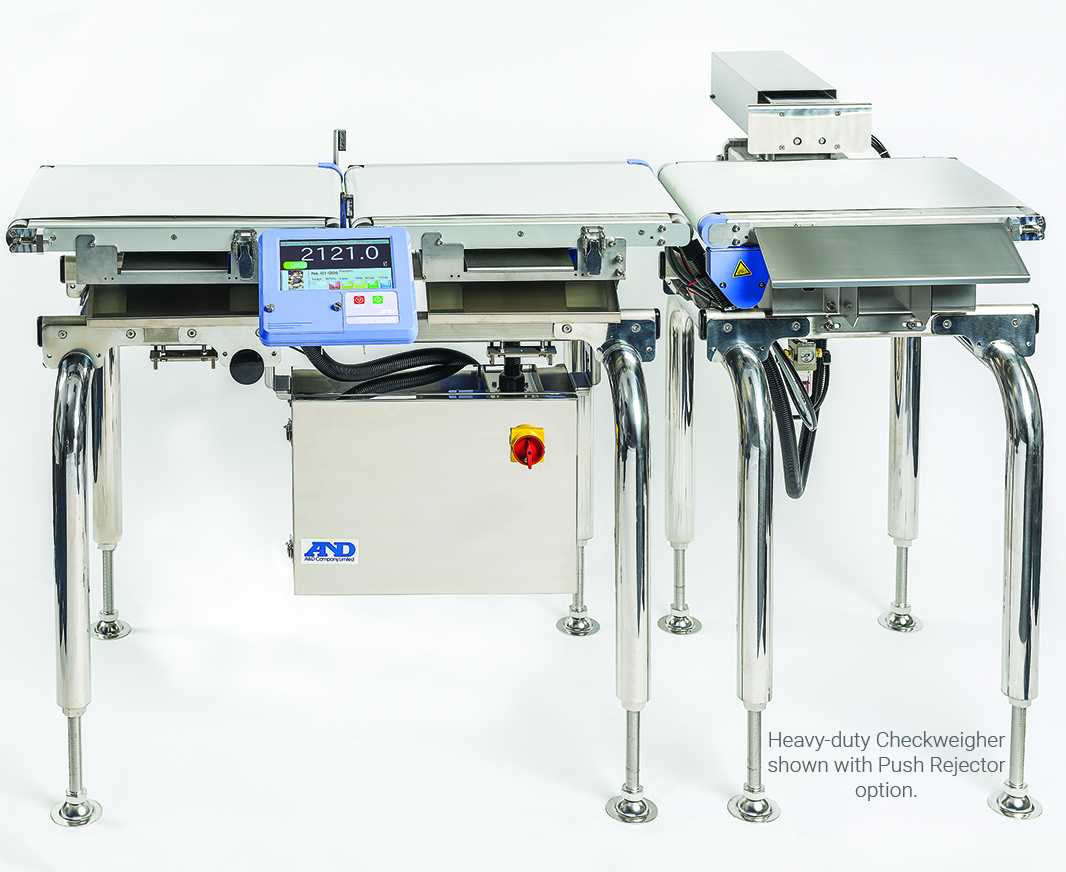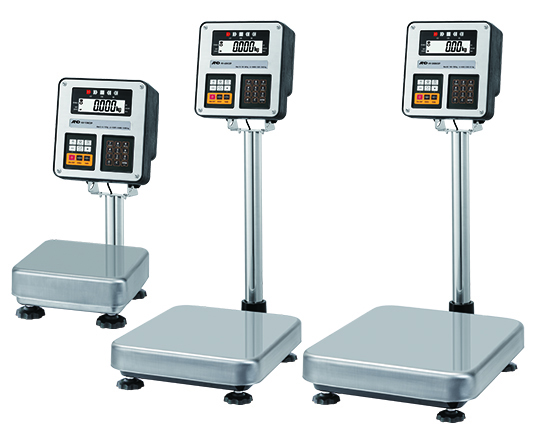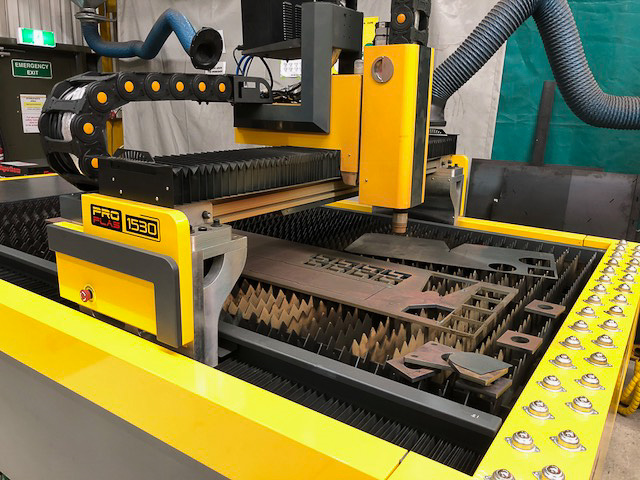Poor visibility on roads, construction sites, and other dangerous environments can pose significant problems and even lead to tragic accidents, especially at night. In order to reduce the risk of injury, those working or traveling in these environments are often advised or required to wear high-visibility (high-vis) workwear.
High-visibility workwear is designed to grab your attention and stand out from its surroundings, either with highly reflective siler tape or fabric in low light environments or with bright, glaring colors, such as orange or red.
In this article, we will discuss the laws in Australia pertaining to high-vis workwear, why you should use high-vis workwear, how to choose high-vis clothing for your purposes, and other things to keep in mind.
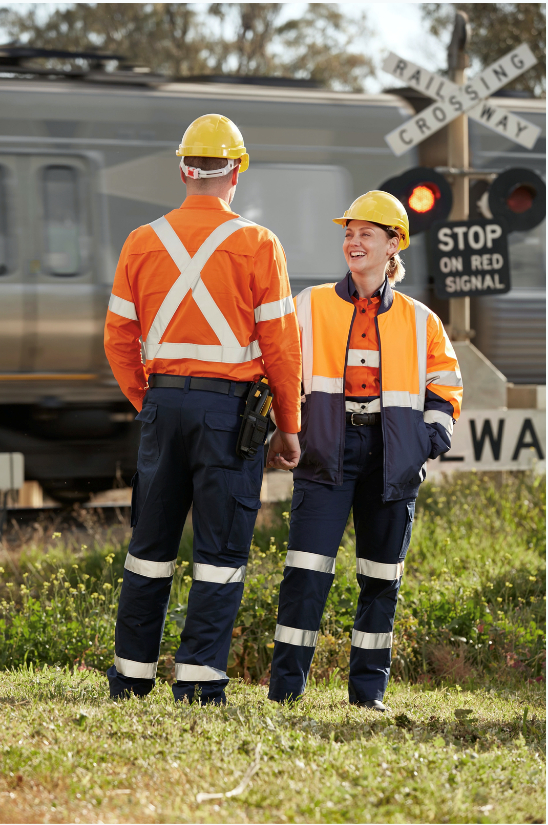
Statistics
According to extensive research, poor visibility, combined with speeding is a significant factor in collisions on Australian roads. When driving in the dark or in poor weather conditions, motorists may not be able see cyclists or pedestrians until it’s too late, even when driving under the speed limit. This is why all cyclists should be wearing high-vis jerseys whenever sharing the road with cars.
Worryingly, the number of accidents involving cyclists still continue to rise. About 1,000 people are fatally injured due to vehicle-related accidents while nearly 40 people die while cycling in Austrialia. Furthermore, many work-related injuries can be attributed to low visibility, with 100 workers fatally injured by accidents on the road in 2009. Road construction takes place both during the day and night, so it is important for those working along the road to be visible in all conditions. Although the use of fluorescent vests and reflective garments have become more widespread, many still underestimate the importance of wearing high-vis workwear in these dangerous conditions.
Why High-vis Clothing is Important
Workers, cyclists, and pedestrians must take precautions around busy roads to avoid accidents that can happen at any time. High-vis clothing can lower the risk of accidents caused by poor visibility due to weather conditions or distractions by alerting drivers to the presence of individuals from far off, allowing more time to correct driver error.
Construction workers along roads face additional dangers, such as being hit by moving or falling objects or being injured by large machines. In fact, the construction industry has one of the highest rate of injures and fatalites in Australia. High-vis clothing can easily identify the presence of workers in danger zones, even during the night and in the rain, and help to prevent these kinds of accidents.
Additionally, if a worker is injured, emergency responders will easily be able to locate them, saving valuable time.
High-vis Workwear Laws in Australia
Australia maintains that workers must wear high-vis garments in certain conditions in order to improve safety near the road or around heavy machinery. But before you buy the first high-vis shirts you see, it is important to understand the criteria that high-vis garments must fulfill to comply with the top standards.
For example, it is often believed that a bright shirt is enough to qualify as an high-vis garment. In reality, high-vis garments are made with certain standards in mind, such as visibility during the day and night.
AS/NZ 4602.1
This standard is used to evaluate clothing that are suitable for high-risk environments and states the specifications of clothing that can be used for different situations.
Class D: Garments in this class are determined to be suitable for daytime conditions. To meet class D standards, it must be yellow, red, orange-red, or orange and yellow. The garment must also enclose at least 0.4 sq meters of the upper torso. Logos are allowed only if they are less than 10 cm wide or tall.
Class N: Garments in these class are suitable for nighttime use and must be able to be seen under reflected light, such as that from a car’s headlights. At the minimum, clothing of this class must have reflective tape 50 mm wide encircling the front and back of the garment.
Class D/N: This class of garment must meet both class D and class N standards and so must be made of a fluorescent color and possess reflective tape at least 50 mm wide.
AS/NZ 1906.4
This standard further specificies the types of reflective materials that can be used by individuals around road traffic. It explains the physical, photometric, and colorimetric properties of the garment and is more in depth than the previous standard.
It also contains three classes that correspond to the classes above.
Class F is for fluorescent fabric that are suitable for daytime use.
Class R is for reflective fabric that can be used at night.
Finally, class F/R fabric can be used during both day and night.
Also check it out: lightweight work shirts | tradie work shirts | wide fit work boots
What is High-Vis Workwear Made of?
The fluorescent dye used for high-vis clothing was formulated to best reflect the sun’s photons to observers, causing a glowing effect and appearing extremely bright, even under low light conditions at dawn or dusk. The reflective material on high-vis clothing acts similarly, but uses glass micro-lenses to scatter light back to a source, such as a flashlight or car headlight. This makes it perfect for nightime conditions.
What to Consider When Buying High-vis Clothing?
High-vis workwear must be long-lasting and able to withstand harsh environments, rain, dust, and washing without fading or losing its important reflective properties. Because of this, you should not expect to pay a cheap price for your equipment.
Make sure to choose high-vis garments made from high quality fabric and reflective material. Consider the daily wear and tear that it will be exposed to when in use. It is better to pay a higher price upfront for a quality piece than to have to keep replacing cheap garments every few months.
High-vis clothing can come in many forms: jackets, vests, belts. When buying a garment, make sure to consider the temperature and weather conditions that it and its wearer will be exposed to. High-vis insulated jackets may do very well in snow and ice, but a vest or a belt would be better suited for the heat. In addition to making yourself more visible, quality high-vis garments can also protect you from the elements. Waterproofing can be an invaluable aspect of high-vis gear and will protect wearers from the rain, as well as contaminants and spills. Finally, make sure that the high-vis clothing does not restrict movement or interfere with any tasks you need to perform.
Check out it: hi vis coverallls | magnum boots
Do High-vis Garments Wear Out?
High-vis garments do have a recommended shelf life. But how do you know when to replace your gear? The primary concern is any fading or obstruction of reflectivity. Secondly, look out for cracks and tears in the fabric or other signs of damage. When your high-vis clothing becomes less effective, it is time to replace it.
Should You Wear High-vis Workwear?
High-vis clothing is not only recommended, but often required for many different lines for work. If you are in road construction, surveying, utilities maintenance, emergency medical services, or other lines of work that may pose physical dangers, you need a quality high-vis garment. You can easily order workwear in Melbourne, high-vis workwear online, coveralls and where you will be able to find a wide selection of products.

